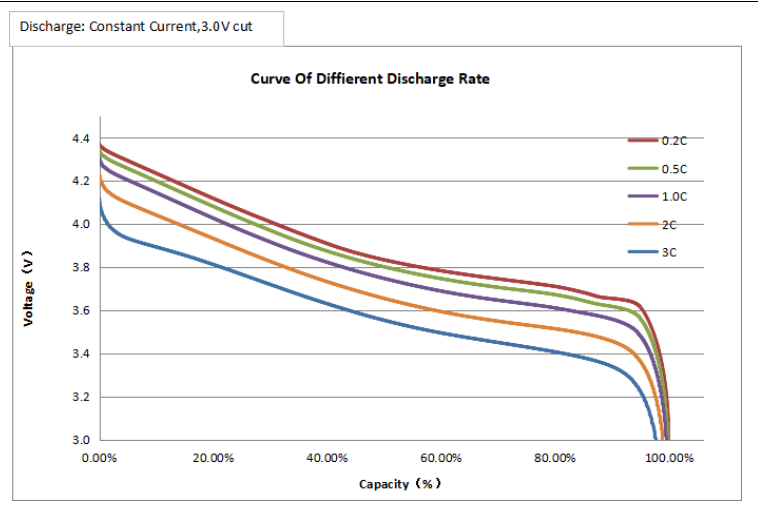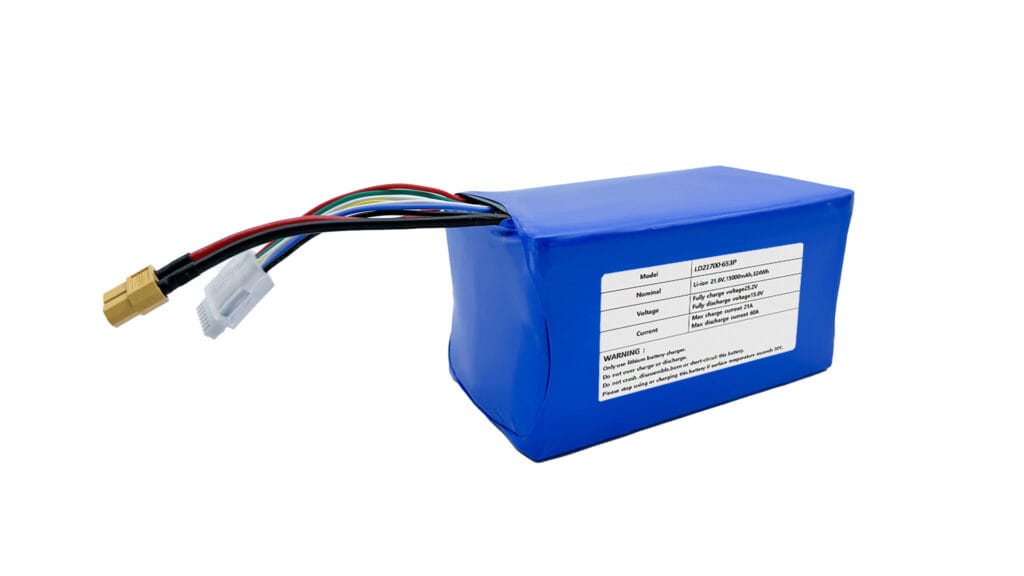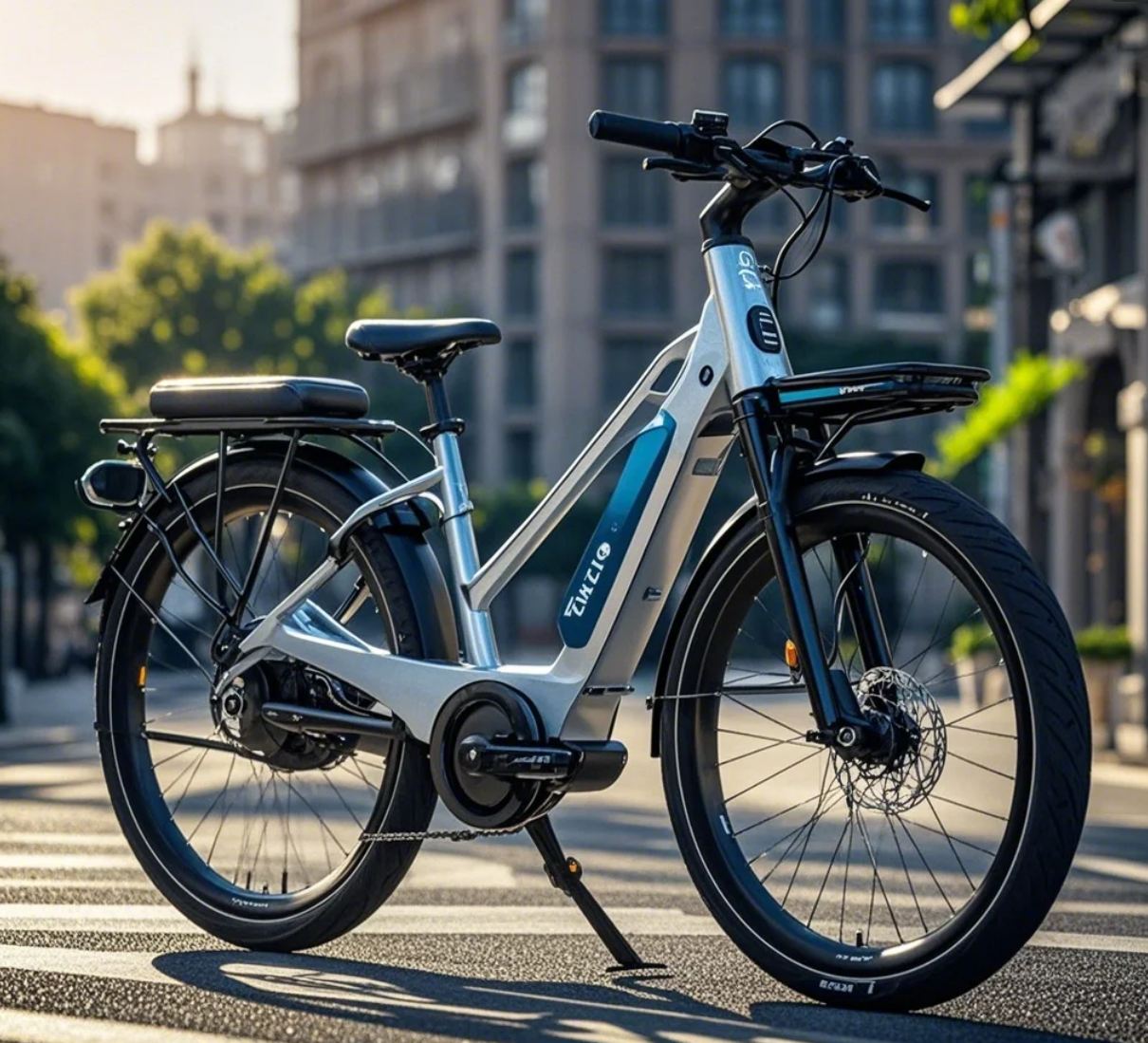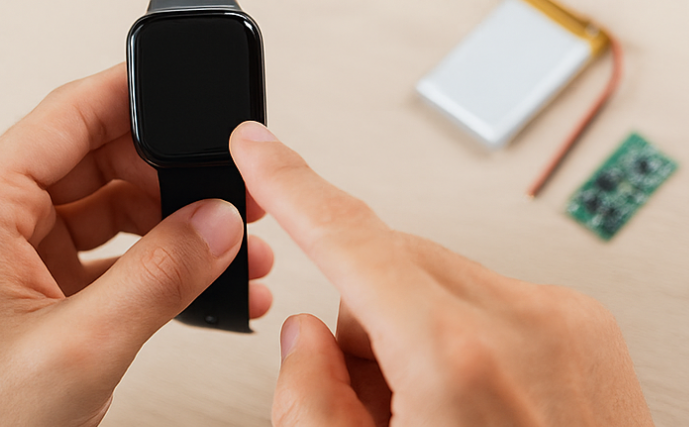Lithium batteries are widely used in numerous applications, from smartphones and laptops to electric vehicles and drones. One common question that arises among users and engineers is: Why do lithium batteries discharge at 3V? Understanding 3v lithium battery diacharge and what happens during this process is crucial for optimizing battery performance and lifespan. In this article, we will dive deeper into the reasons behind the 3V discharge point, its implications for battery health, and how you can extend the life of your lithium batteries.
The Basics of Lithium Battery Operation
To understand why lithium batteries discharge at 3V, it’s important to first look at how lithium batteries function. A lithium-ion or lithium-polymer battery consists of an anode (negative electrode), a cathode (positive electrode), and an electrolyte. During discharge, lithium ions move from the anode to the cathode, generating electrical energy to power devices.
Lithium batteries are designed to operate in a specific voltage range. A fully charged lithium battery has a voltage of about 4.2V, and it discharges gradually as the battery is used. This voltage decreases in a predictable manner during normal operation, following a discharge curve that is not linear. The voltage remains relatively steady for most of the discharge cycle, but as the battery reaches the end of its capacity, the voltage starts to drop more rapidly.
3V Lithium Battery Discharge
The 3V mark is significant in lithium batteries because it is considered the “end-of-life” voltage in most lithium-ion and lithium polymer batteries. Several factors contribute to this 3V discharge point, which we will explore in greater detail below:
1. Battery Chemistry and Ion Movement
The reason behind the 3V discharge point lies in the fundamental chemistry of lithium batteries. Lithium-ion batteries work by shuttling lithium ions between the positive and negative electrodes. As the battery discharges, the number of lithium ions in the anode decreases, and the amount of available charge in the battery reduces.
Once the voltage reaches around 3.0V, the concentration of lithium ions in the anode becomes too low to maintain a consistent voltage output. The energy density of the battery decreases, and the available power diminishes. Continuing to discharge the battery below 3V would cause irreversible damage to the electrodes and other components, reducing battery capacity and performance.
2. Protection Circuitry and Battery Management Systems (BMS)
Most lithium batteries are equipped with protection circuitry or a Battery Management System (BMS) that prevents over-discharge. The BMS monitors the voltage of the battery and cuts off power when the voltage reaches the 3V threshold. This is a safety feature that helps protect the battery from damage.
When a lithium battery discharges beyond 3V, it can cause issues such as excessive heat buildup, reduced chemical stability, and capacity loss. The BMS ensures that the battery doesn’t go into deep discharge mode, which could result in permanent damage and a shortened battery life.
3. Preventing Over-Discharge and Capacity Loss
When a lithium battery continues to discharge below 3V, it starts to exhibit symptoms of over-discharge. These include:
- Reduced Capacity: Over time, the battery’s ability to hold a charge decreases significantly, meaning it can’t provide the same amount of energy it once did.
- Increased Internal Resistance: A battery that discharges below 3V may experience a rise in internal resistance, which reduces its efficiency and the amount of current it can provide to devices.
- Chemical Degradation: Prolonged over-discharge can cause irreversible chemical changes within the battery. This can lead to the formation of dendrites on the electrodes, which may lead to short circuits and, in some cases, fire or explosion.
For this reason, the 3V discharge threshold is critical. Below 3V, the battery begins to lose its ability to function effectively, which is why most lithium battery systems have a protective cutoff at or around this voltage.
4. Voltage Drop Due to Load and Power Demand
Another factor contributing to the voltage drop to 3V is the nature of the devices that use lithium batteries. In many cases, high-power devices (such as drones or power tools) demand more power from the battery, causing the voltage to drop more rapidly. Under load, the voltage can dip lower even faster, which is why monitoring the voltage during use is essential.
While many devices will stop working when the battery voltage hits 3V, others may experience a gradual power loss until the cutoff voltage is reached, leading to a sharp decline in performance.
Implications of Discharging Below 3V
Discharging a lithium battery below 3V can lead to several issues:
- Battery Degradation: As mentioned earlier, over-discharging the battery can lead to internal damage, reduced lifespan, and an overall decrease in performance.
- Voltage Sag: Batteries that discharge too far may experience significant voltage sag, which means they can’t supply enough power to the device even if the battery appears to have charge left.
- Safety Concerns: In extreme cases, batteries that are discharged below 3V can develop internal short circuits, potentially leading to leakage, swelling, or even fire.
To prevent these risks, lithium batteries are designed with built-in mechanisms to stop discharge before reaching these dangerous levels.
How to Extend the Life of Your Lithium Battery
Understanding the 3V discharge point is crucial for ensuring the long-term health of your lithium battery. Here are some practical tips:
- Avoid Full Discharges: Try not to allow your battery to discharge fully or reach the 3V mark. Charging the battery before it gets too low will help maintain its capacity.
- Use a Battery Management System: Ensure that your device uses a BMS that will prevent the battery from discharging beyond the safe threshold. Most modern devices are equipped with this technology.
- Regular Charging: Lithium batteries prefer partial discharges over full discharges. Regularly charging your battery to around 30-50% can extend its lifespan and maintain better performance.
Why Choose Lan Dazzle for Your Lithium Battery Solutions?
At Lan Dazzle, we specialize in providing high-quality, custom lithium battery solutions tailored to meet your specific needs. We offer reliable and efficient products for any battery design. Our lithium batteries are equipped with cutting-edge Battery Management Systems to protect against over-discharge and ensure long-lasting performance. With our customized battery solutions, you can rest assured that your devices will have the power they need without sacrificing battery health or safety.
Conclusion
The 3V discharge point is a critical aspect of lithium battery performance. When the voltage drops to 3V, the battery is approaching the end of its usable charge, and continuing to discharge below this point can lead to permanent damage. By understanding the reasons behind this discharge point and implementing proper battery care practices, you can extend the lifespan of your lithium batteries and optimize their performance. At Lan Dazzle, we offer custom lithium battery solutions that are built to last, ensuring your devices run efficiently and safely. If you have any questions or needs, please free feel to contact us at info@landazzle.com or visit our website.





